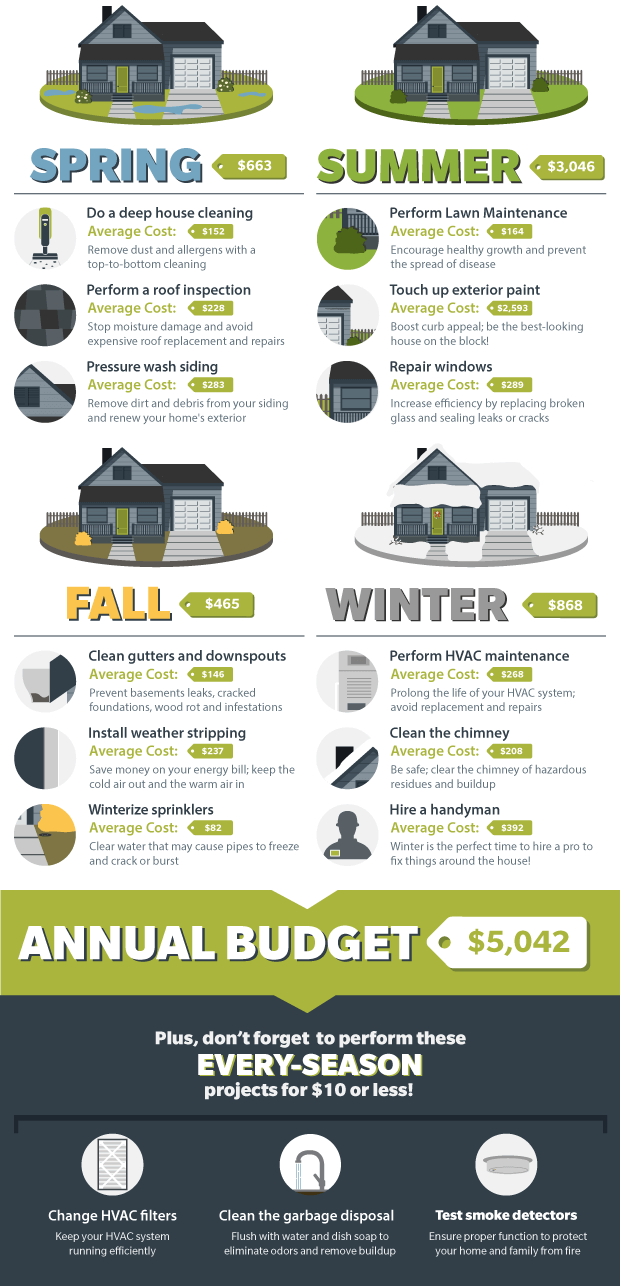Comparing Photovoltaic Panel Types: Choosing The Ideal Remedy For Your Home
Comparing Photovoltaic Panel Types: Choosing The Ideal Remedy For Your Home
Blog Article
Composed By-Martin McCormick
When it involves selecting the best solar panels for your home, the options can be frustrating. Each type uses unique advantages and compromises, making it essential to figure out which elements line up best with your objectives. Whether your emphasis is on effectiveness, cost-effectiveness, or aesthetics, there's a photovoltaic panel type that can cater to your needs. So, before you make a decision, consider the crucial aspects that will certainly affect your solar energy system's efficiency and suitability for your home.
Monocrystalline Solar Panels
When taking into consideration photovoltaic panels, you might stumble upon monocrystalline solar panels. These panels are recognized for their high effectiveness rates as a result of their building and construction from a single continuous crystal structure. This layout permits monocrystalline panels to execute far better in reduced light problems compared to other kinds of photovoltaic panels. In addition, their smooth black appearance makes them a popular option for domestic setups, blending in flawlessly with most rooftops.
One essential benefit of monocrystalline photovoltaic panels is their room efficiency. They call for less area to create the same quantity of power as other photovoltaic panel types, making them excellent for homes with minimal roofing area.
While monocrystalline panels tend to be extra expensive upfront, their long-term sturdiness and effectiveness commonly make them a cost-efficient financial investment in the world of solar energy. If you prioritize effectiveness and aesthetic appeals in your solar panel selection, monocrystalline panels could be the best choice for your home.
Polycrystalline Solar Panels
Polycrystalline photovoltaic panels, additionally known as multicrystalline photovoltaic panels, supply an alternate choice to monocrystalline panels. These panels are made from silicon crystals that are thawed together, developing a less uniform look contrasted to monocrystalline panels.
Among https://www.energy.gov/articles/biden-harris-administration-announces-56-million-advance-us-solar-manufacturing-and-lower of polycrystalline panels is their lower manufacturing expense, making them an extra budget-friendly alternative for home owners looking to purchase solar power.
While polycrystalline panels might have a somewhat reduced effectiveness price contrasted to monocrystalline panels, they still offer a reputable and economical method to produce solar power for your home. These panels do well in heats and are a sturdy choice for a selection of environments.
If you have a larger roof space and are wanting to maximize your energy manufacturing without breaking the financial institution, polycrystalline panels could be the ideal option for you.
When thinking about photovoltaic panel options for your home, it's important to evaluate the cost-effectiveness and performance of polycrystalline panels against your power needs and budget constraints.
Thin-Film Solar Panels
Moving on to Thin-Film Solar Panels, these panels offer an one-of-a-kind option to typical silicon-based choices like polycrystalline panels. Thin-film panels are lightweight and versatile, making them simpler to mount on various surfaces like rounded roofs or walls. They're likewise much more visually pleasing, blending in effortlessly with the style of your home.
However, click the up coming website to keep in mind that thin-film panels usually have lower effectiveness prices compared to crystalline silicon panels. This implies you might require more area to produce the very same quantity of electrical energy.
On the bright side, thin-film panels do much better in low-light problems and have a reduced temperature level coefficient, suggesting they can generate more power on warm days. If you have ample area and are trying to find a versatile and aesthetically enticing photovoltaic panel choice, thin-film panels could be a terrific choice for your home.
Final thought
To conclude, when selecting the best photovoltaic panel type for your home, consider your power needs, spending plan, and room restraints. Monocrystalline panels provide high performance in limited room, while polycrystalline panels offer a cost-efficient choice with reliable efficiency. Thin-film panels offer adaptability and aesthetic allure however may have reduced performance rates. By considering these aspects, you can pick the photovoltaic panel kind that best fits your certain demands.
